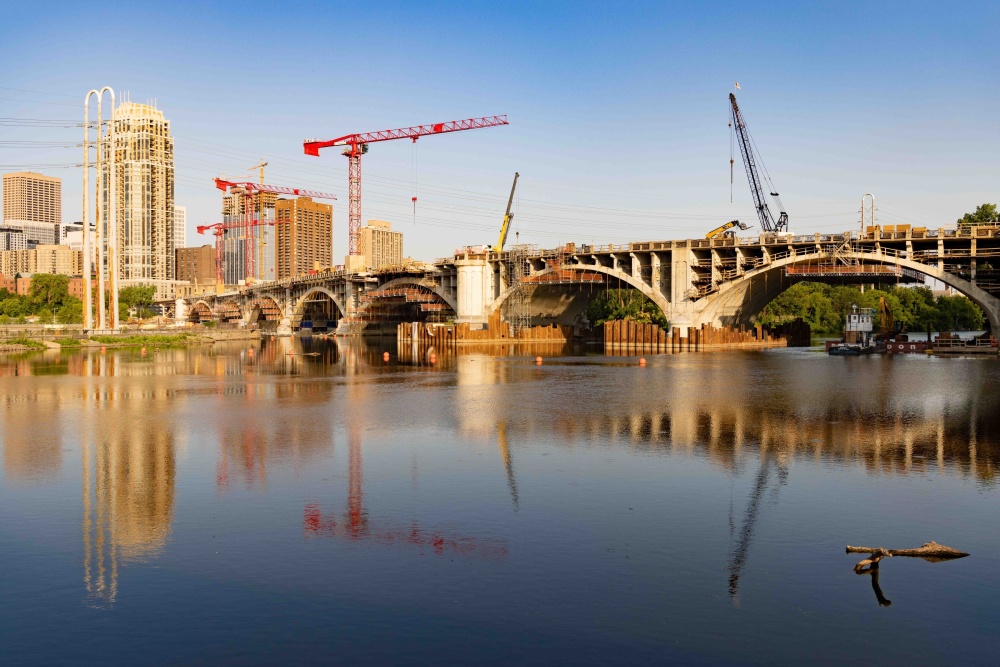The repair and preservation of concrete structures is both cost effective and environmentally beneficial.
Corrosion
Concrete is a widely used and durable building material, but its service life can be affected by erosion, fatigue, freezing and thawing, and adverse chemical reactions. One of the most common problems in reinforced concrete is the corrosion of embedded metals.
Steel corrosion in concrete is primarily caused by exposure to chloride contained in seawater, roadway de-icing chemicals, and soils. Chloride contamination can also occur in new construction when using chloride-containing set accelerators, contaminated aggregate, or non-potable mix water.
Corrosion can also occur when the concrete pH around the steel drops due to exposure to atmospheric carbon dioxide, a process known as carbonation. Over time, the zone of reduced pH reaches the steel, allowing corrosion to initiate.

Concrete Preservation
One ton of cement production produces about one ton of carbon dioxide. Together, we can reduce the negative impact of concrete on the environment by building more durable structures and preserving existing structures whenever possible.
Electrochemical methods such as cathodic protection are an important tool to enhance the durability of structures. Cathodic protection systems provide a small electrical current to the embedded steel to prevent or control active corrosion. There are many types of cathodic protection systems with various advantages and limitations.
VCS Durability is your partner in corrosion and concrete preservation. Our experienced staff will assess the problems and provide repair and protection options that fit your service life objectives and budget.
Explore the Environmental Impact of Concrete Preservation
Curious about the profound environmental and sustainability benefits of repairing rather than rebuilding concrete structures?
Dive into the Concrete Preservation Alliance's Environmental Impact Calculator. Discover the positive impact you can make on our planet through preservation.